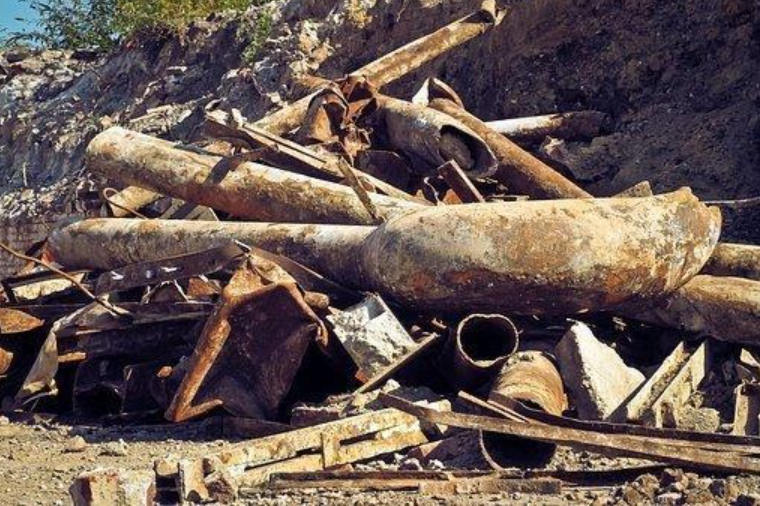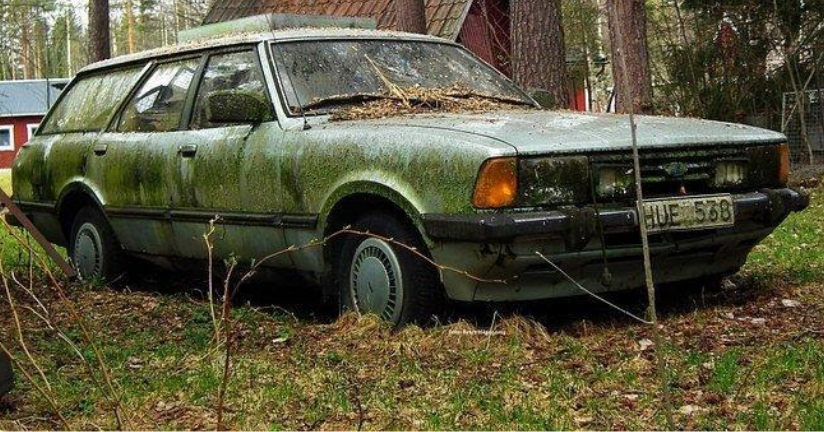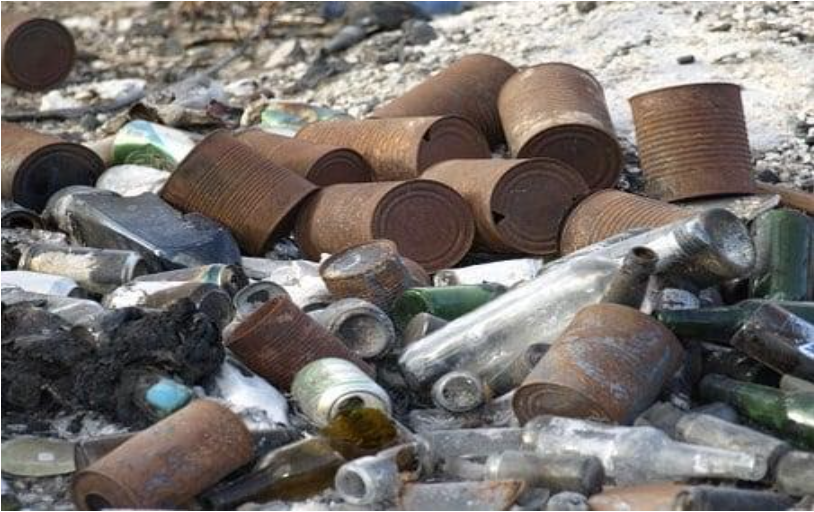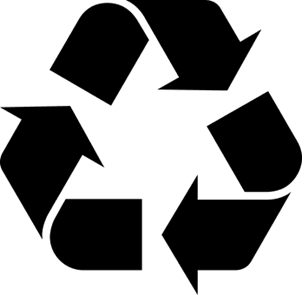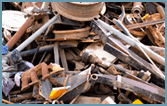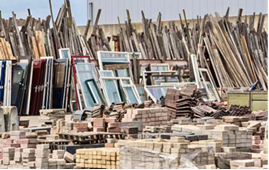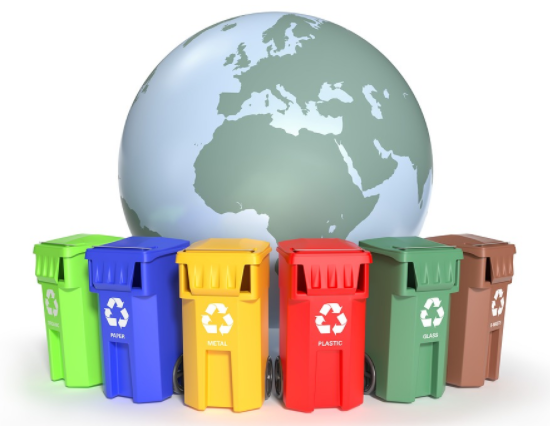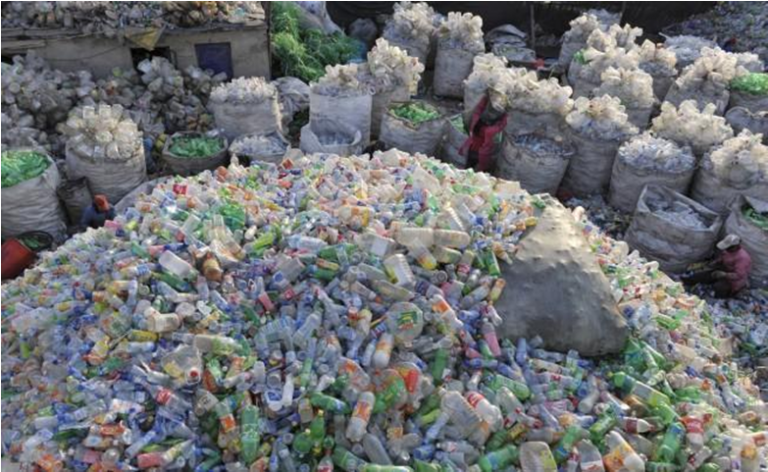Articles and products made from recycled metals
The search for ways to protect nature clean and prevent harmful effects pollution has been a priority for people over the last few decades.
The huge amounts of garbage dumped every day as a result of domestic and industrial human activities pose a risk of ecological catastrophe.
All this makes the problem an extremely important challenge for environmentalists, experts and politicians in their quest to save the planet and its biodiversity.
What is metal recycling?
Waste recycling is an opportunity to recover a significant amount of garbage. On the one hand, this achieves a percentage reduction in the amount of waste, and on the other hand, saves natural resources.
This ambitious task has been realized in recent years, thanks to the accelerated development of technology. However, the processing of waste cannot be possible without their preliminary preparation in practice.
Waste management is a process that combines all the main stages from the generation of waste to its reuse or disposal.
This includes measures to:
- environmental protection
- waste classification
- the assessment of the risks arising from them
- collection
- transportation
- depositing
- processing
- destruction
- storage and many more details and circumstances
The complexity of the process stems not only from the diversity of activities, but also from the need for harmonization with regard to national legislation and generally accepted requirements worldwide.
The bulk of the waste generated worldwide is metal products.
Types of metal products
By themselves metals are divided into non-ferrous and ferrous , which is related to various measures regarding their treatment and processing. Scrap metal is all those household items and appliances that at some point become unusable.
This also includes:
- old cars
- machines
- facilities and elements whose origin may be related to industry
- construction
- agriculture and all other human activities
Before recycling the waste itself , it must be distributed according to the type their origin, possible risks and other main characteristics.
This also applies to metal waste, the subsequent processing of which begins with their division into non-ferrous and ferrous metals. The main factor for their division is the presence of iron.
Nature of non-ferrous metals
Non-ferrous metals are those articles which do not include iron and iron compounds. In turn, non-ferrous metals are four main groups.
They are divided into light and heavy, noble and rare. The first group are those products with a density below 4500 kg / cubic meter such as titanium, aluminum, magnesium. Heavy are respectively lead, nickel, copper, potassium and others.
Silver, gold and platinum are precious metals, and rare ones have different properties – chemical and physical.
The main characteristic of the four types is their mass application in various spheres of industry – automotive, energy, electrical engineering, etc.
The essence of ferrous metals
Iron and its alloys are the so-called ferrous metals, which are mainly cast iron and steel. The differences are in their chemical composition, which is a compound of iron with carbon the latter prevailing in cast iron products.
Both major types are widely used in industry, due to their high stability, electrical conductivity, ductility and other important factors.
What else do you need to know about the process?
Metal products are an integral part of human life and everyday life . Starting from electrical appliances, we go through cars, the indispensable elements in construction, all the way to small elements in homes and machines in production facilities.
Recycling of scrap metal is a serious challenge because of the saving of natural raw materials, but also because of the scale and quantities of accumulated garbage, if it is not processed by Some way.
The complexity, however, is due to the fact that not all obsolete objects, substances and ingredients are subject to transformation and” new life “.
In order for them to be maximally utilized and invested in new productions, the correct selection of garbage is initially performed. Even with its collection from everyday life, metal objects are separated from other types of garbage.
Factories and production facilities in general have a commitment to manage their waste products, protecting the environment and the population.
Transporting them to specialized sites for their processing is also subject to legal norms and follows safety instructions. Only then follows the use of some metals in a new technological process.
The real process of recycling metals is associated with high-tech processing. About For this purpose, foundry and specialized furnaces are used so that large amounts of garbage can be melted down.
For scrap metal, the melting point exceeds 1500 degrees Celsius . In liquid form, they can be processed again, thus preparing for their use again.
Some of the new production is converted into semi-finished products so that they can they should be invested in various production facilities.
This is possible thanks to various modern technologies, such as:
- pressing
- forging
- rolling
- casting
Характерно за metals is that often there are no large losses in their conversion . In addition, the quality of the new products after remelting is high.
Therefore the industry widely uses processed metals and their characteristics are not inferior to the original objects, elements and ingredients. This makes it possible to use most of the metals after their recycling in one form or another.
Some black and colored junk can be recycled repeatedly . This achieves great savings in world resources. On the other hand, metals become various new household items, machines, parts, etc.
The problem, however, is that sometimes the creation of new raw materials may require additional raw materials and make the new product more expensive.
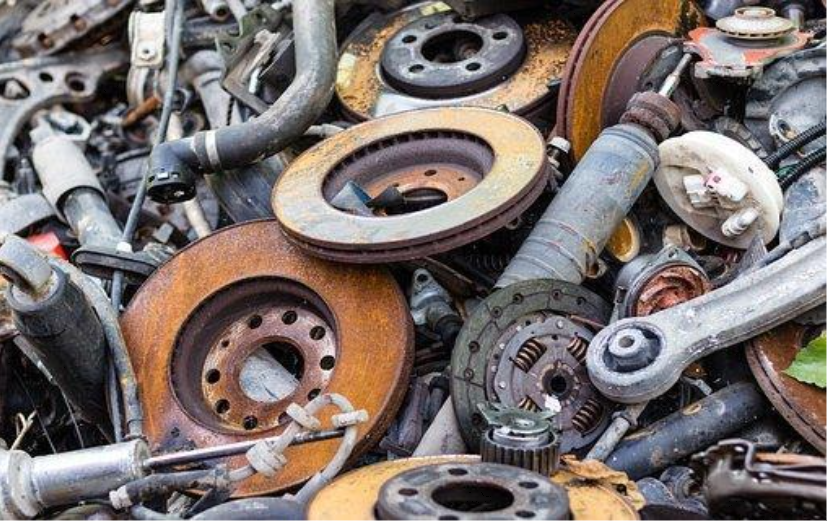
Metal recycling – are there any benefits?
However, the benefits of metal recycling are undeniable. Collecting them and transforming them is of great importance for keeping nature clean.
Unnecessary metal machines, cars, appliances and household appliances, among other things take up too much space , which necessarily requires their conversion. Buying scrap is a widely developed and popular activity.
There are specialized companies for this purpose, which are licensed and have all the necessary necessary set of teams and equipment for eco-activities.
They have scrap warehouses, sites and landfills available to safely store ferrous and non-ferrous metals. In addition to companies and citizens, they can hand over their unnecessary household items there.
Old stoves, small and large appliances and other items can thus be used in parts or enter a new production cycle.
On the other hand, their disposal in the rest of the household garbage is inadmissible and most often municipalities organize campaigns to transport them to the designated landfills.
Photos: Pixabay

